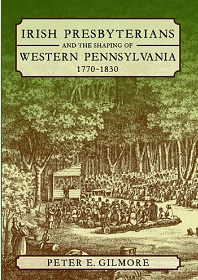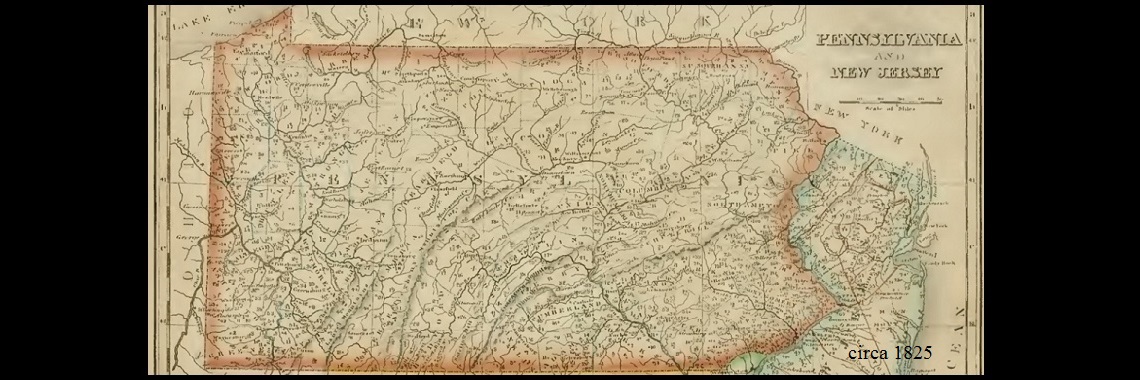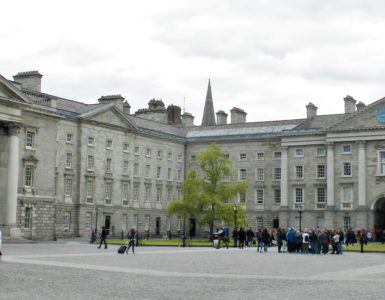
I recently finished reading Irish Presbyterians and the Shaping of Western Pennsylvania, 1770-1830, by Peter E. Gilmore, University of Pittsburgh Press, 2018. His thesis is that Irish Presbyterians viewed their Pennsylvania homeland as Ulster relocated to where they could freely work, maintain their Irishness, and worship according to their particular distinctives. Note that “Irish” includes the Scots Irish. The region is an important one because denominations descended from the Irish Presbyterians of the area include, with varying degrees of influence from the past, the RPCNA, PCUSA, EPC, ARPC, OPC, and PCA. A search of the Internet will show there are colleges and seminaries in the region that trace their beginnings to the era covered by Professor Gilmore’s book. Four reoccurring subjects of study for church historians are revival, temperance, the Sabbath, and psalmody, each of which the author addresses as aspects of Irish Presbyterian identity. He believes that the market revolution, that is, the change from a primarily farming lifestyle through the increasing influence of industry and commerce, led to disruption of the communities and their Presbyterian distinctives. I enjoyed reading the book and recommend it for its analysis of the progress of Presbyterians west from their Philadelphia beginnings as they settled around Pittsburgh, but it is primarily a sociological study and readers with historical-theological interests may disagree with the author’s perspective on the doctrinal distinctives of the Irish Presbyterian denominations. However, I think the book provides an informative read and is beneficial for understanding the contribution of the Irish to the growth of American Presbyterianism.
BARRY WAUGH





